Everyone knows that Arduino and Raspberry Pi are two types of development boards that are quite familiar to electronics and embedded engineers, and they are also boards that many beginners consider.
Arduino and Raspberry Pi each have their own positioning, and there is a significant difference in performance. However, recently, Arduino launched the Portenta X8 and Max Carrier, pre-installed with a Linux operating system, which brings performance close to that of Raspberry Pi.
So, as a beginner, should one choose Arduino or Raspberry Pi?
Background
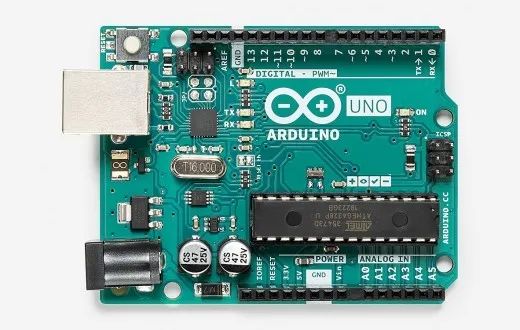
(Image source: https://www.arduino.cc)
Raspberry Pi was invented in the UK. The inventor, Eben Upton, and his colleagues at the Cambridge Computer Laboratory designed this inexpensive and easily modifiable computer development board to better attract students and improve their computing skills, aiming to enhance students’ hands-on abilities.
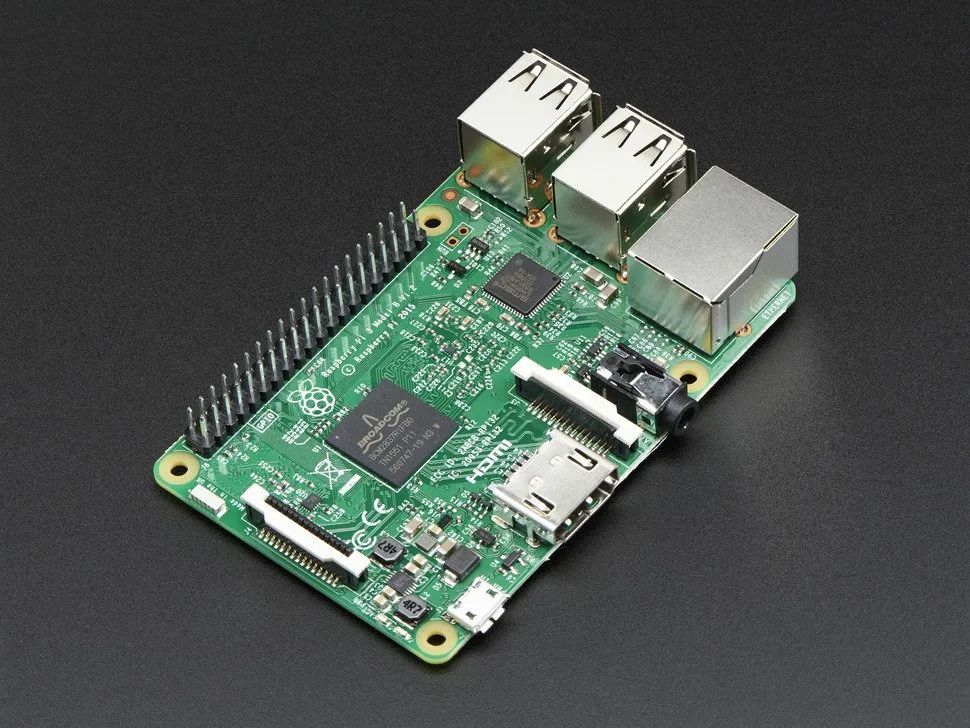
(Image source: http://www.adafruit.com)
As teaching tools, both Arduino and Raspberry Pi are very suitable for beginners. However, upon closer analysis, there are still some obvious differences.
Arduino is essentially a microcontroller, similar to a module in a computer, and can only be used to solve a single problem.
On the other hand, Raspberry Pi is a type of microprocessor. As a microprocessor, Raspberry Pi functions like a fully equipped mini computer.
By carefully analyzing the hardware and software differences between these two development boards, one can clearly feel the differences in their actual project applications.
Hardware and Software
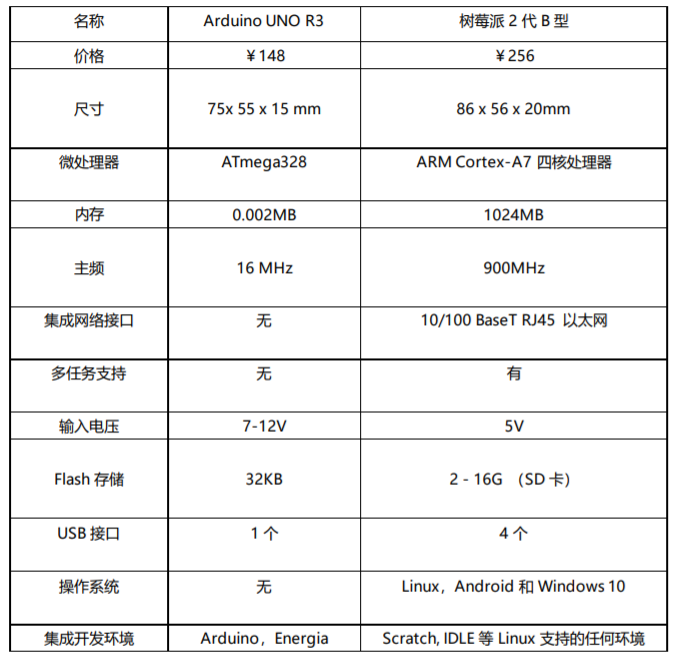
Although in terms of appearance, Raspberry Pi and Arduino have similar dimensions and are both very lightweight, the provided parameter configurations show that there are still significant differences between the two.
The clock speed and memory capacity of Raspberry Pi 2 are both significantly higher than those of Arduino. Raspberry Pi can be considered a fully independent computer, capable of running Linux and Windows 10 operating systems directly, supporting Wi-Fi connections and multitasking. Although its performance still lags behind a real PC, it has already outperformed Arduino in all aspects.
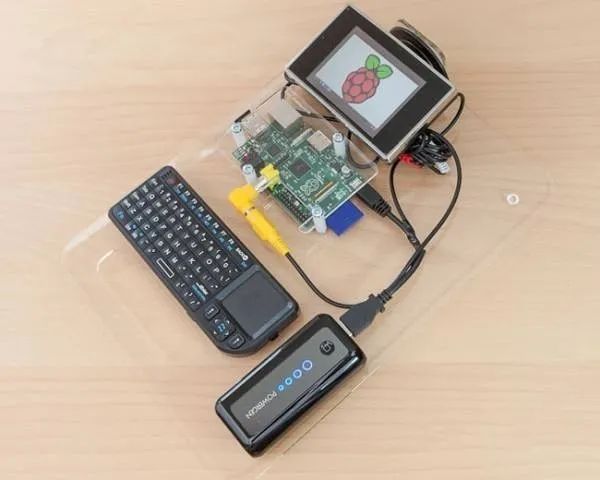
The powerful computing capability of Raspberry Pi, combined with the Linux or Windows system it runs, can not only connect with other electronic components but also develop popular programming languages like Python, Java, and C/C++. Therefore, when it comes to developing functionalities that require high computing power, Raspberry Pi is a more suitable choice.
In terms of software applications, Raspberry Pi indeed has an edge, while in terms of hardware connections, Arduino takes the lead.
Compared to Raspberry Pi, Arduino has a clear advantage in the usability of various sensors or chips. Arduino can read sensors without any additional hardware support. As shown in the image below, the LED board displaying patterns can be directly connected to Arduino without any conversion.
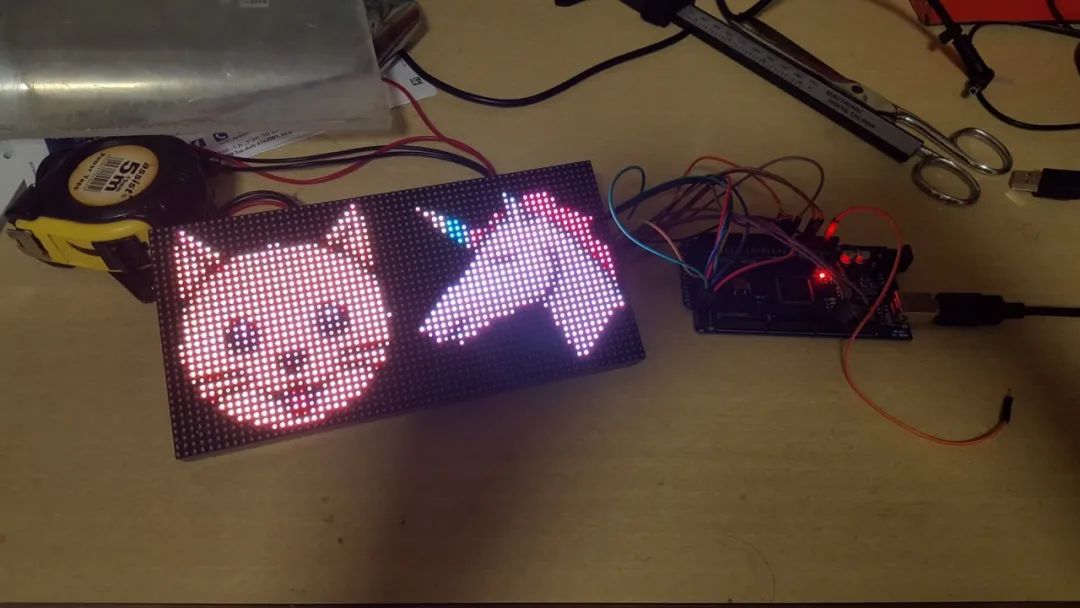
Additionally, Arduino has a very good programming environment, allowing users to write code directly, and Arduino can execute instructions. In contrast, Raspberry Pi requires the installation of an operating system and a code library to control GPIO pins (hardware connections) to achieve hardware control. What takes Raspberry Pi hours to accomplish can be easily completed by Arduino with just a few lines of code.
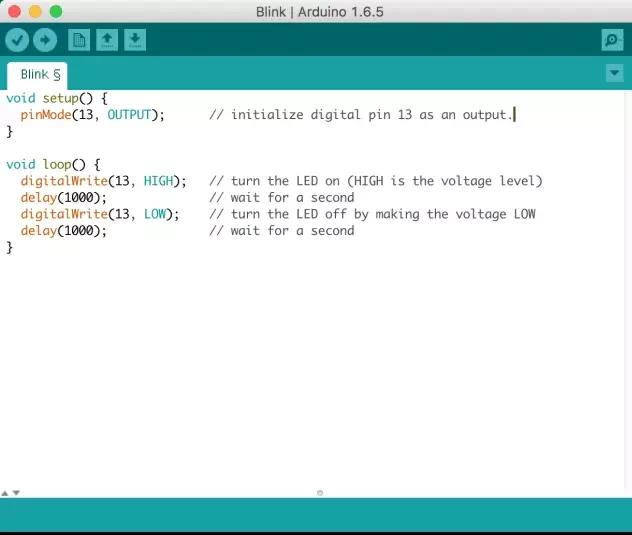
Arduino is not designed to run an operating system and software, so it is plug and play for sensors and hardware. On the other hand, with Raspberry Pi, one needs to install matching drivers and write programs before controlling the hardware.
New Possibilities of Strong Collaboration
Raspberry Pi excels in software execution, but Arduino is equally competent in hardware projects; neither is superior to the other, and they are even complementary.
In practical applications, Raspberry Pi acts as the brain of the project, responsible for issuing and delegating commands. Arduino, on the other hand, functions more like the hands or muscles of the project, directly responsible for the operation of the sensors. Together, they achieve better results.
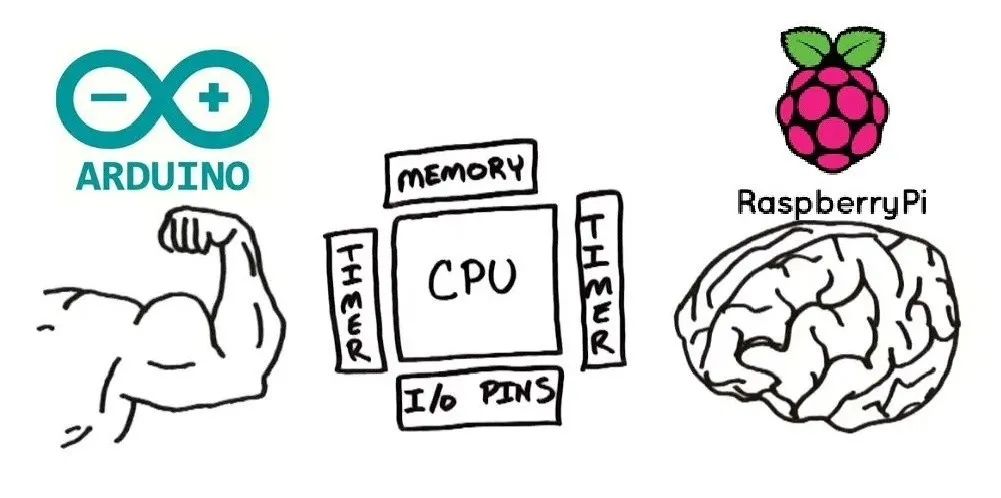
Arduino is suitable for driving hardware and managing sensor models and other hardware control tasks. Raspberry Pi serves as a control center, guiding Arduino to switch hardware while also executing other tasks simultaneously.
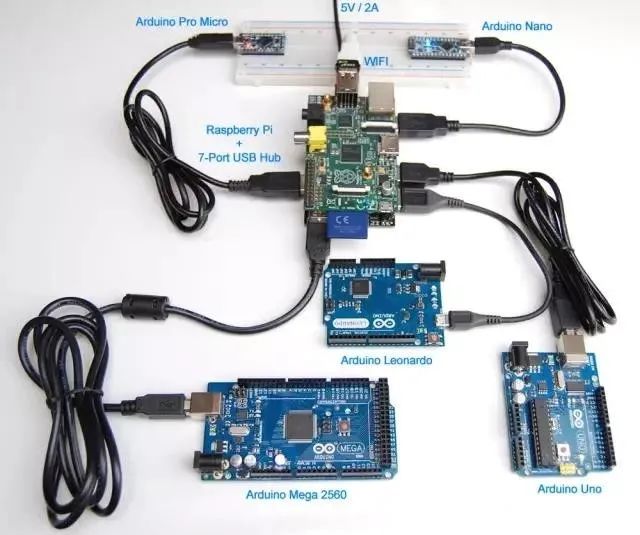
There is no superiority between Arduino and Raspberry Pi; both have irreplaceable advantages and characteristics.
Overall, Arduino is easier to operate, making it more suitable for beginner makers or projects that focus more on sensor usage and hardware-related projects. As for Raspberry Pi, it is more suitable for those with some programming background or projects that rely on various software ecosystems.
Previous Recommendations
●
Is the embedded industry really hopeless? Listen to what the big shots say!
●
Can’t lack chips but also can’t lack brains! How to distinguish between genuine and fake chips?
●
A Comprehensive Understanding of IC Industry Structure and Competitive Relationships
